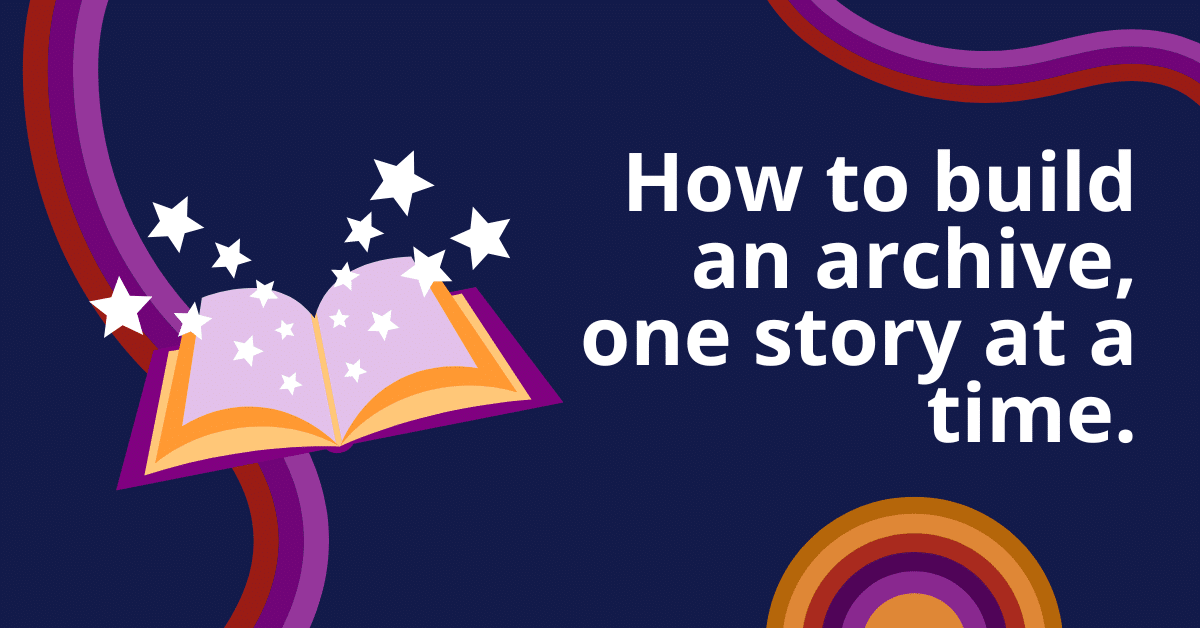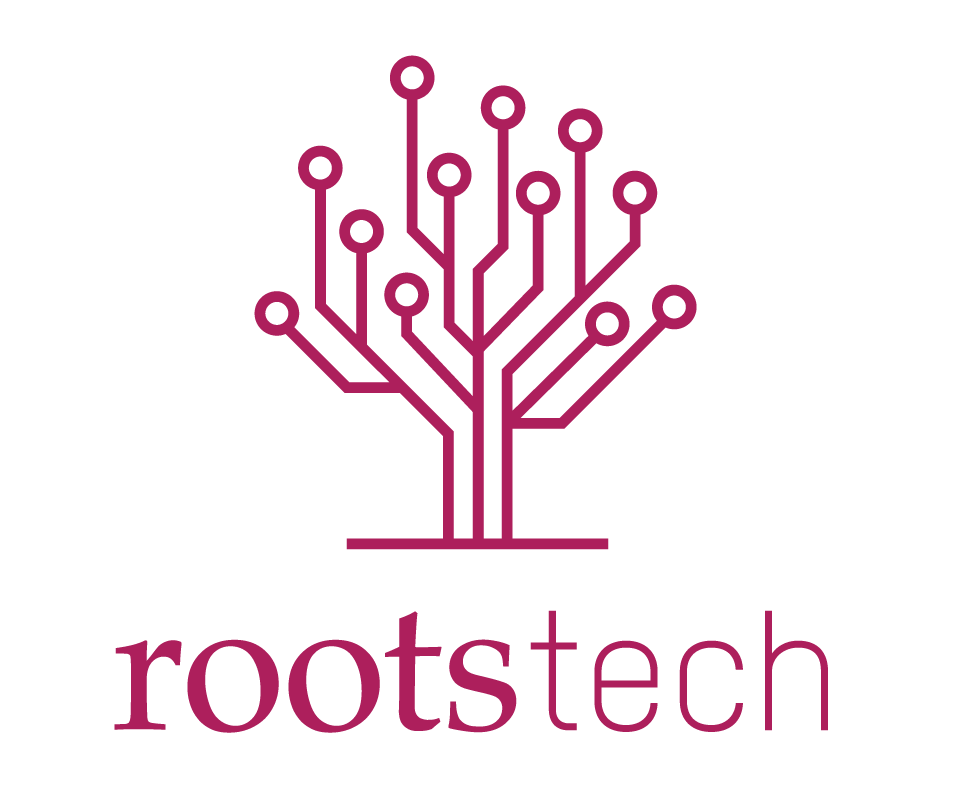
Why are stories important?
Since the dawn of human civilization, stories have been created to help us make sense of the world around us. These stories captured anything from explanations of why the sun rose every morning to harrowing escapes from animal predators. Until written languages were developed and recorded onto sheets of papyrus or clay tablets, oral histories reigned supreme. Like a game of telephone, stories told orally from person-to-person are susceptible to change as people forget, embellish, or invent new parts to the story as they pass them along from person to person. Historically, not everyone has had access to sheets of papyrus or clay tablets to record their stories. In fact, many people today are left without physical artifacts that tell their family or culture’s story because of systemic issues like migration, poverty, and war that left them unable to preserve their stories outside of the oral tradition.
Here at Permanent, we recognize what a privilege it is to be able to record your stories for future generations. Our mission reflects our passion for ensuring that everyone, regardless of circumstance, has the ability to record their stories through the creation of archives on our platform.
How to scope your story
It can be overwhelming to try and tell a story if you don’t scope and narrow it down first. When creating your archives, try to focus on a single story to start, one that you really want to preserve and share with others. Think of it this way, it’s a lot easier to tell the story of your grandparents’ wedding day than trying to capture their entire love story. It’s okay to start small! Once you record the main events and highlights of your life, you can move on to building archives that paint the whole picture of how those moments came to be. For example, you can start by archiving the triumphant photos from the day you ran your first marathon and then work backwards to share the less glamorous, smaller races and practices that led to that accomplishment.
What makes a good story?
A compelling story is characterized by a clear narrative structure, artfully crafted with a well-defined beginning, middle, and end. To captivate an audience, a story should address the fundamental questions of who, what, when, where, and how the story came to be. These elements provide the essential framework for a narrative, guiding your audience through a cohesive and engaging journey. Beyond mere entertainment, preserving stories serves a vital purpose by enabling individuals to perceive the arc of their personal histories. By understanding and sharing our narratives, we gain insight into our unique place in the world.
Questions to consider as you craft your first (or 100th story!) for your archive.
Whether you’re telling the story of the day you brought home your dog from the shelter or the time you made the perfect apple pie using a family recipe, there are several questions you should answer to help you craft the story for your archive.
These four questions can help you craft a meaningful story that will be remembered for generations to come:
- Who is the main subject of your story?
- Which story do you want to tell?
- Why is this story important?
- Why do you want to preserve it?
In essence, storytelling becomes a means of not only connecting with others but also making sense of our experiences and fostering a collective understanding of the human condition.
More resources to help you get started
Here are some helpful resources to inspire you to tell your story!

